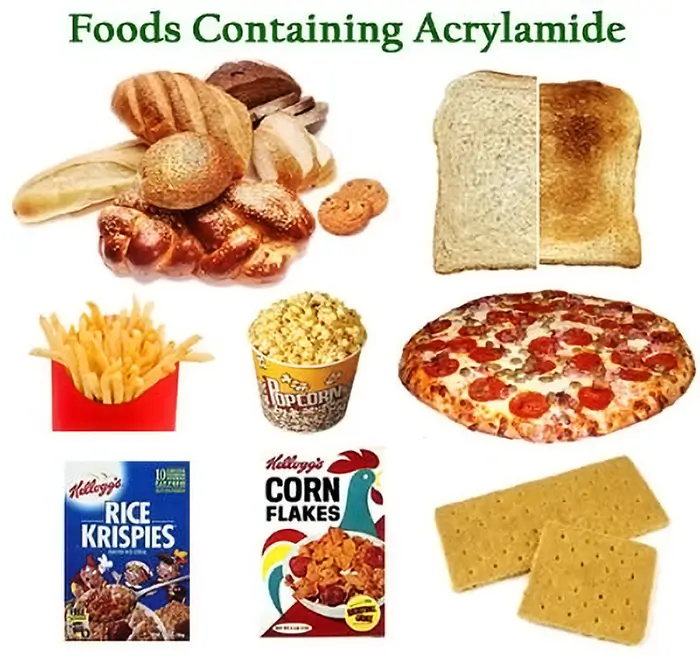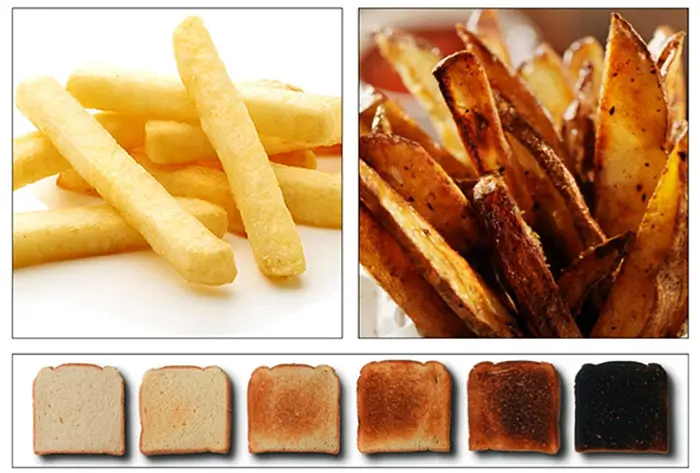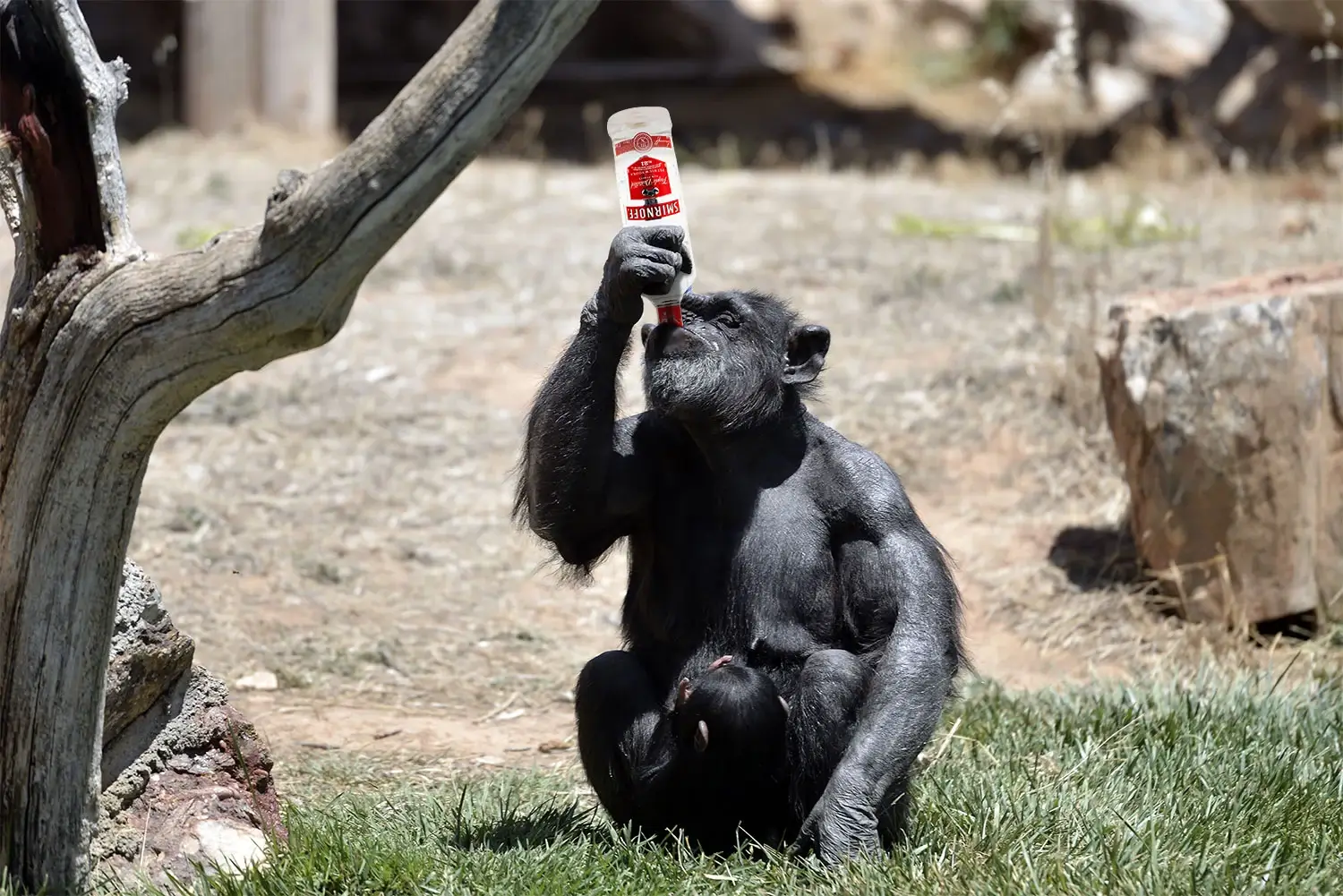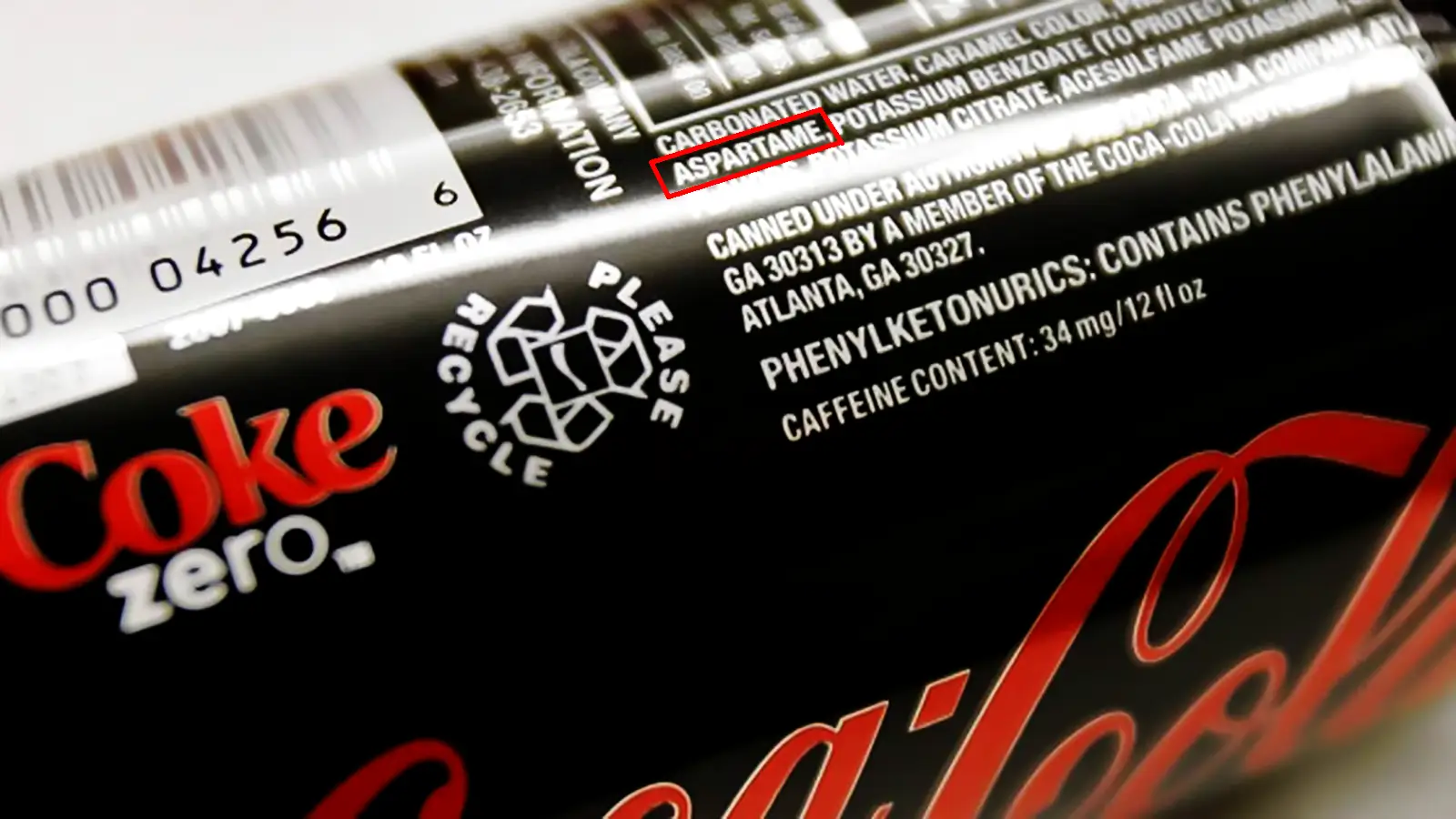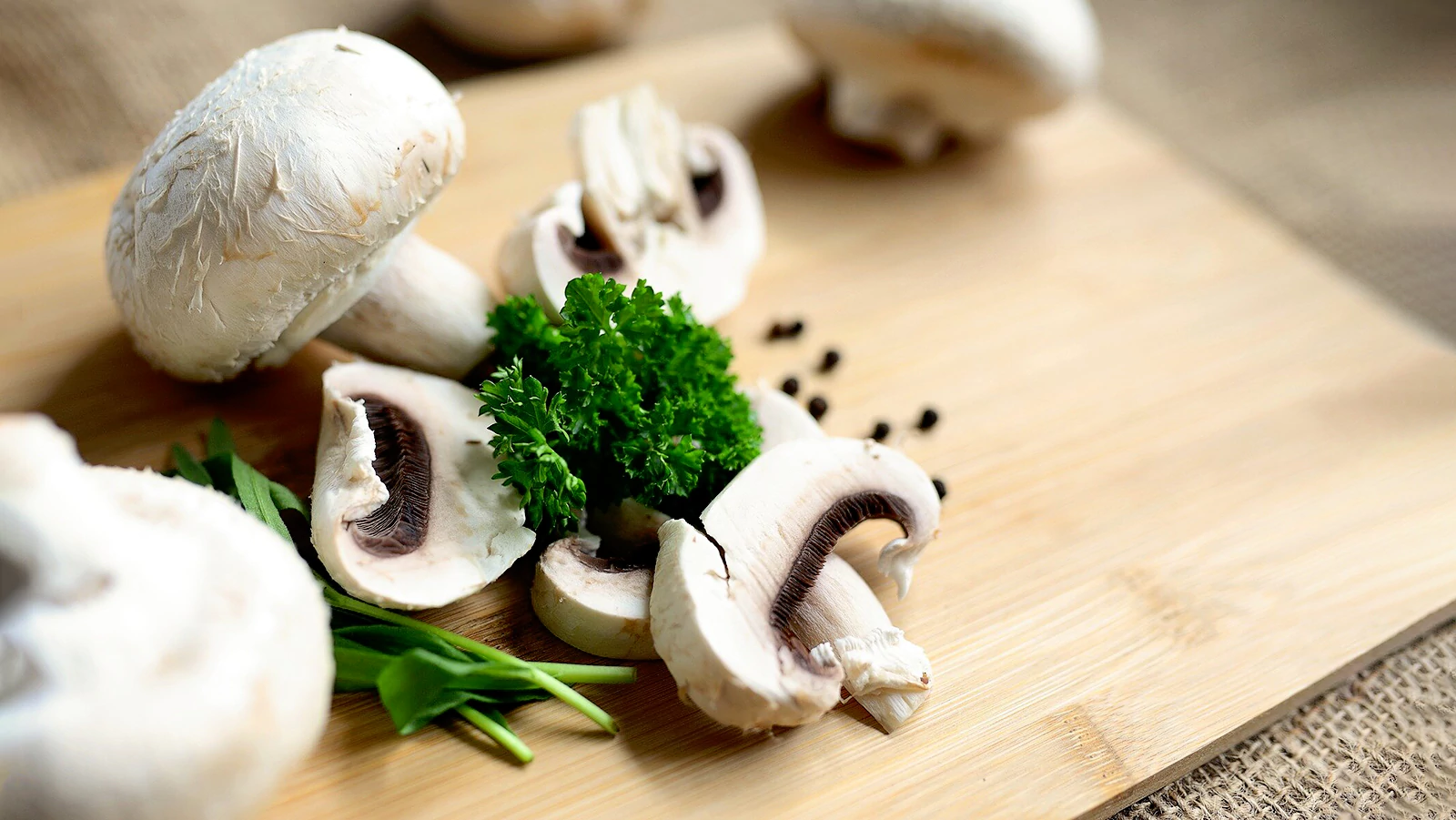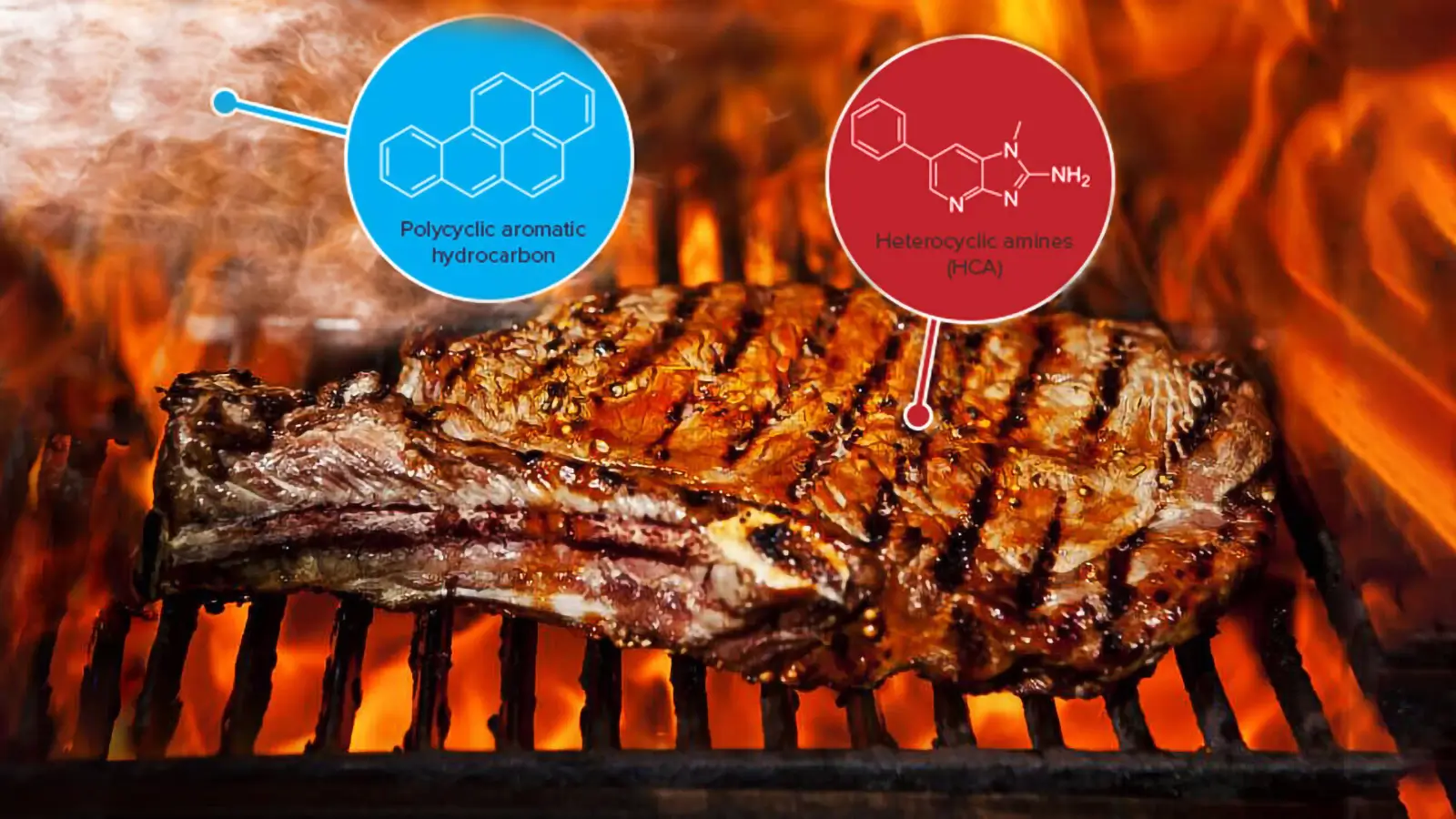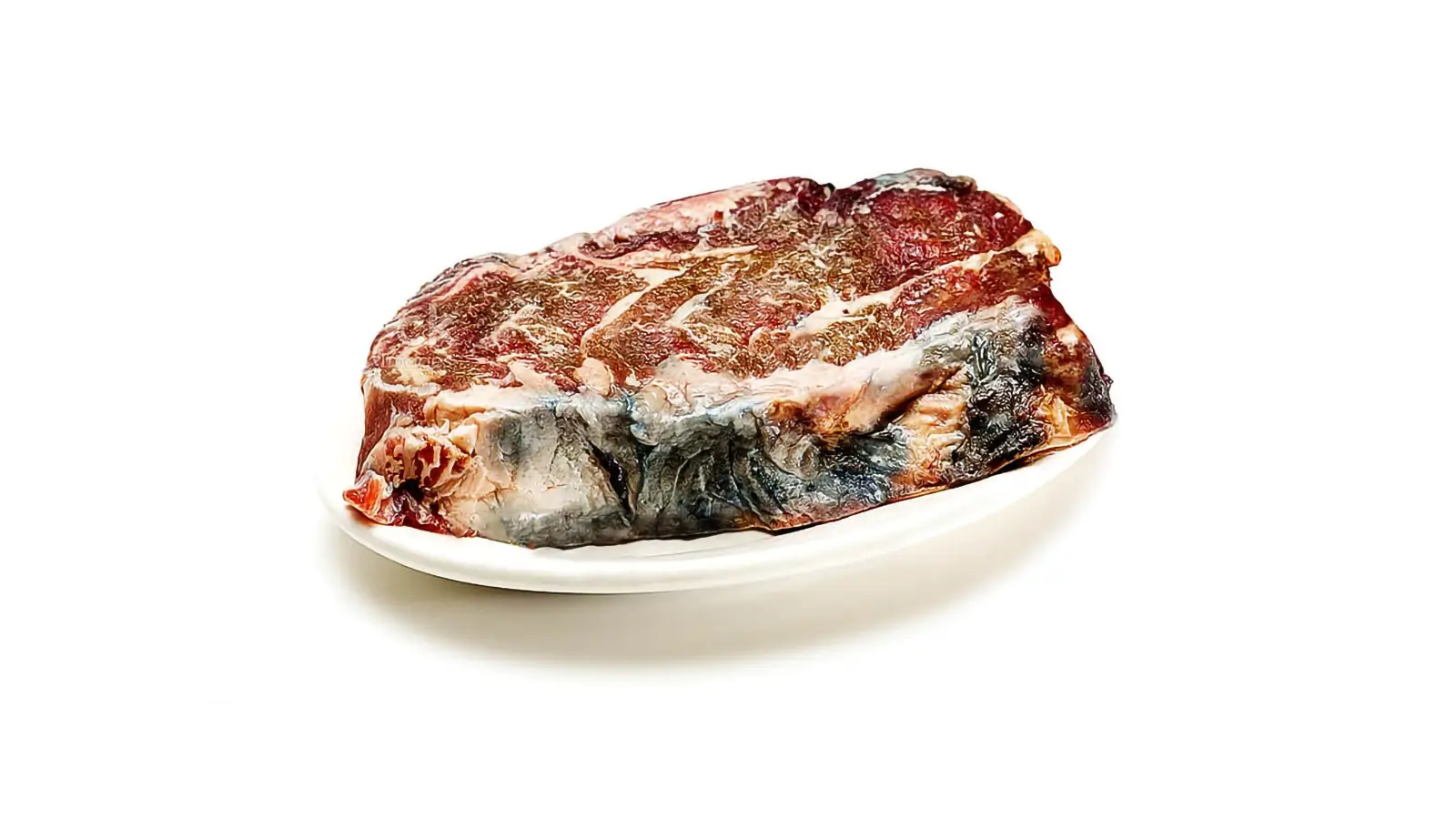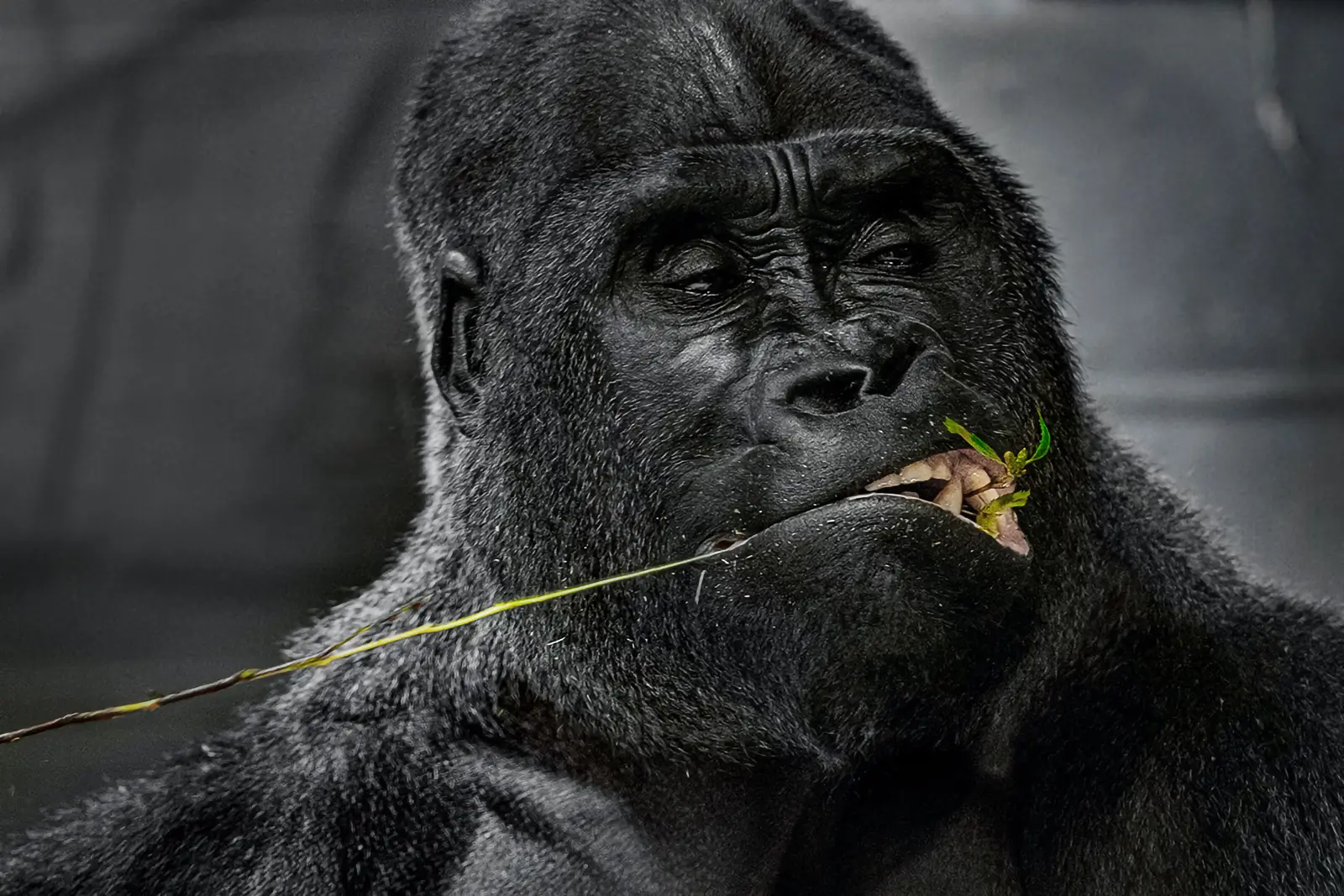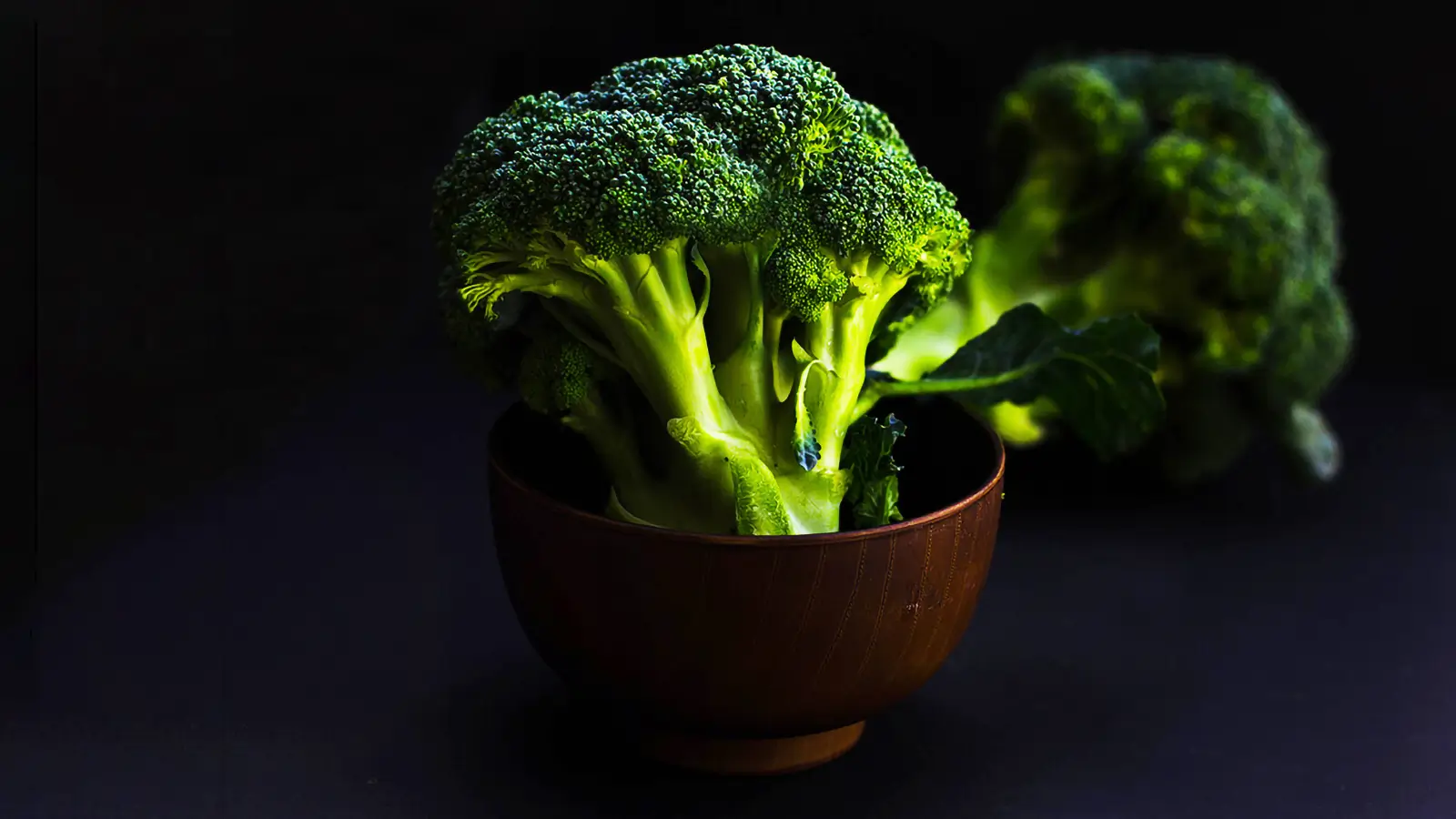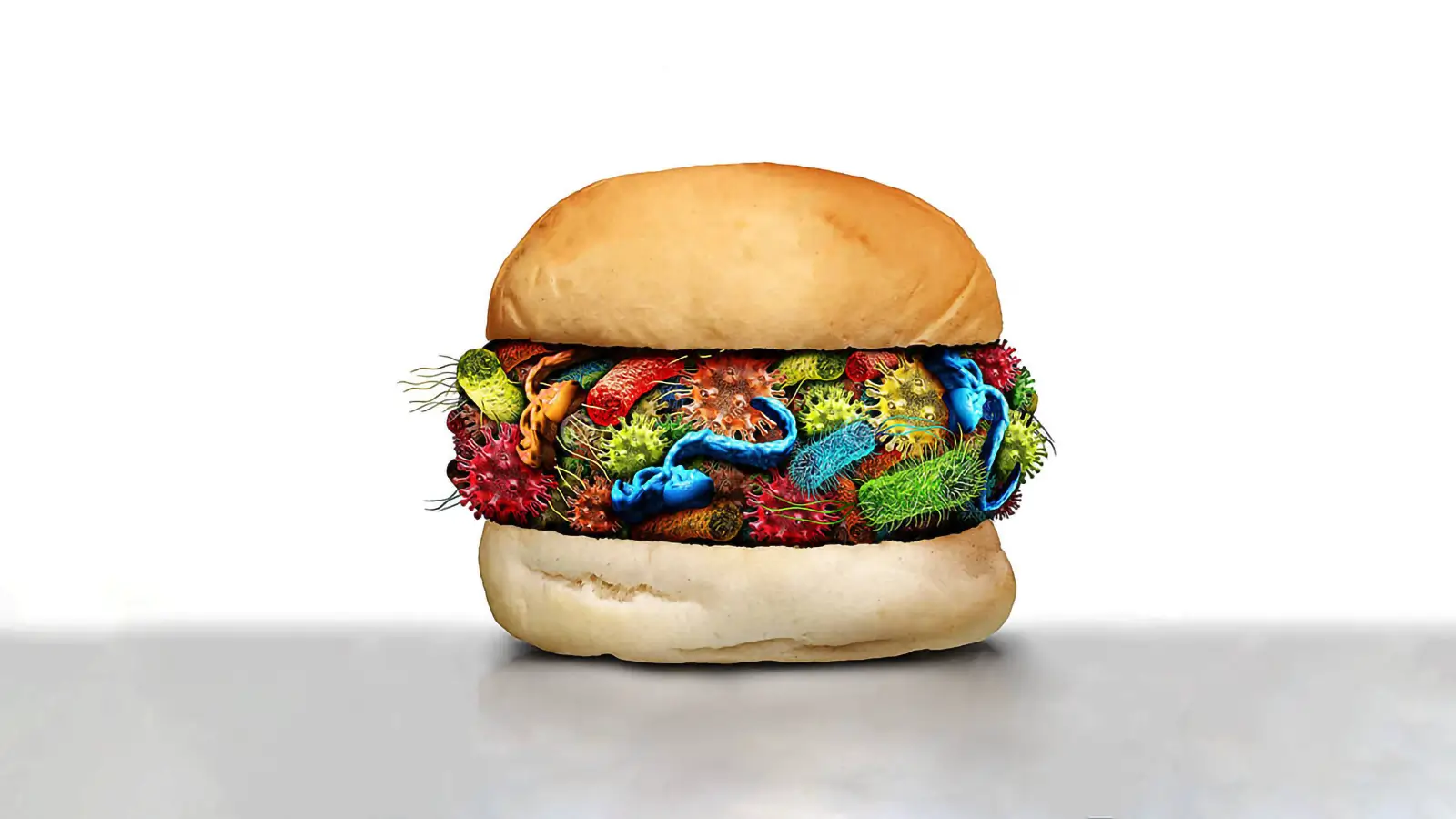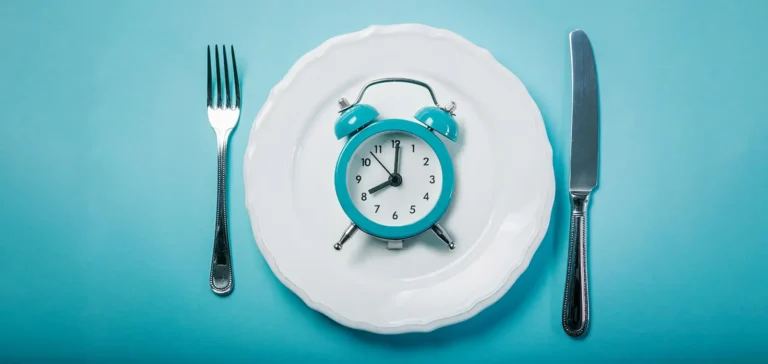Acrylamide exposure- Chips, fries, and cancer
Acrylamide is classified as a Group 2A human carcinogen. In 2002 it was discovered in extremely high concentrations in potato chips and French fries.
Milos Pokimica
Written By: Milos Pokimica
Medically Reviewed by: Dr. Xiùying Wáng, M.D.
Updated June 9, 2023Acrylamide is a primarily industrial chemical that has been used in many industrial processes, such as the production of plastics, dyes, and paper. It is additionally utilized in the treatment of wastewater, sewage, and the treatment of drinking water as well. It is also found in many consumer products, such as adhesives, food packaging, and caulking.
In the US acrylamide is classified as a Group 2A carcinogen and as an extremely hazardous substance. Because of its toxic nature, businesses that have any use of it are subject to strict reporting requirements.
In 2002 it was discovered in extremely high concentrations in potato chips and French fries.
The concentrations were so high that these two types of food would be banned for children in any normal circumstances. It was also discovered, just not at the same extreme level, but still in the toxic range in all other starchy foods that had been heated higher than 120 °C (248 °F).
Such as bread for example.
There was no detectable level in foods that were not heated or that were boiled. What happened was that the calculated level of average acrylamide intake was not at the level that posed a risk for negative effects on the nervous system and fertility and from this, it was concluded that acrylamide levels in food were safe regarding the nervous system. However, the synergistic effect that it might have with other environmental toxins was not calculated, or any studies have been done on that subject either. Only concerns were raised on acrylamide human carcinogenicity based on known carcinogenicity in laboratory animals. Rodent studies had associated acrylamide exposure with risk for several types of cancer.
Evidence from human studies linked it to kidney cancer, breast cancer, endometrial cancer, ovarian, and prostate cancer.
So what does the heating do to produce acrylamide? There is an amino acid (a building block of proteins) named asparagine. It is found in any type of protein including vegetable proteins as well. Some varieties of potatoes have a higher amount of it than any other known food product.
When high temperatures start to heat asparagine in the presence of certain starches or sugars, there is a chemical reaction that turns asparagine into acrylamide. To lower the exposure if you care about doing so, you can use low-temperature cooking methods like boiling and microwaving. High-temperature cooking methods, such as baking, frying, or broiling, will produce acrylamide depending on the concentrations of the amino acid itself, and concentration of starches, and the temperature and duration of cooking.
Longer cooking times increase acrylamide production when the cooking temperature is above 120 degrees Celsius.
No animals in nature do things to food as frying. It is an unnatural process, and because it is a new invention concerning evolution, we do not have adequate deface against its toxicity. Once ingested, acrylamide is processed through the cytochrome P450 enzyme system and converted into glycidamide, and detoxified. Even though our metabolic pathways can help us to detoxify it by some measure, nonetheless, we can still burden our liver detox capability to the level that it will not be able to do its job in time.
Eating many chips for example especially if you are a young child can overstress these pathways of detoxification and put you at health risk from excess exposure to this substance. It is possible that our hominin ancestors had been exposed to this chemical because we do have cytochrome P450 enzyme system and Homo erectus may have been roasting some of the starch-rich vegetables, but it is unlikely that they have been exposed to it in the excessive levels as we are today.
Frying destroys the molecular consistency of many molecules that are in the food. The problem arises when amino acids that are building blocks of our own proteins and cells get damaged. If the damage is partial our bodies will integrate these damaged amino acids into our cells not realizing that they are actually damaged. This will, in consequence, have a mutagenic and cancerogenic effect. Frying and baking also destroy oils that are not thermostable (omega 3 6 9) forcing them to oxidase and to go rancid and cancerogenic too. Some studies show a significant correlation between fried food and some types of cancer. If you have cancer, it would be logical to avoid any food processing except boiling. The list of toxic and cancer-promoting chemicals that can be created in high temperatures is extensive.
If you want to avoid acrylamide then no toasted grains, no potato chips, no French fries, no toasted wheat cereals, no cookies and crackers, no roasted grain-based coffee substitutes, no roasted cocoa beans (and chocolate, Nutella, and other cocoa made stuff). Some canned black pitted olives can also fall into this higher-risk category regarding acrylamide exposure.
Tolerable instances are set to 2,6 micrograms per kilogram of body weight. For a 70kg human, it is 182 micrograms. For children, it is much less than that. And I will argue that the limit is set high deliberately. Setting this limit lower will mean mandatory legal recall of a wide variety of food items we have in our stores and restaurants. McDonald’s large fries have 82 micrograms. Even at the current allowed level, it will be required for example to legally restrict the selling of McDonald’s large fries to children under 35 kg. If you want to decrease your exposure to dietary acrylamide, you will need to restrict your intake of the above foods.
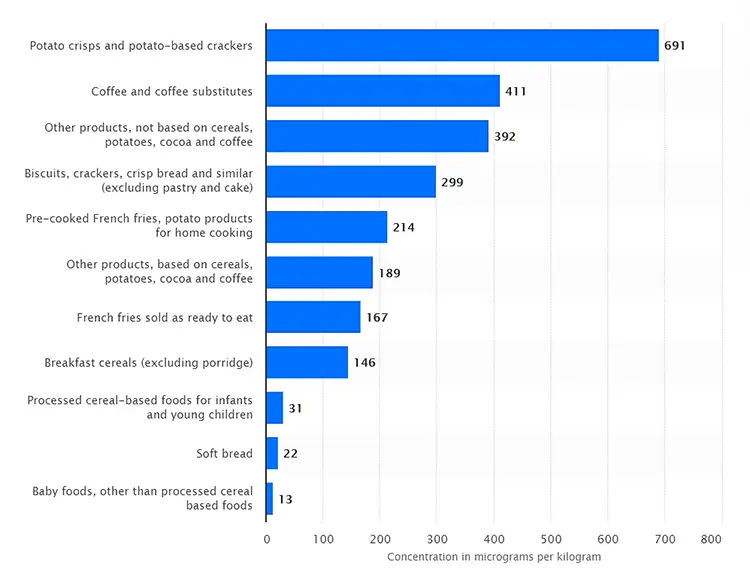
The average concentration of acrylamide found in food products in the United Kingdom (UK) in 2015(in micrograms per kilogram).
Published by Statista Research Department, Aug 1, 2016
However, again we are forgetting something.
Any food that is fried or baked will have a similar reaction. Not just a starchy one. If we eat animal products, the same process will happen just other chemicals will get formed. It is an unnatural activity. I already mention the harmane and essential tremor connection. Polycyclic aromatic hydrocarbons (PAHs) and heterocyclic amines (HCAs) are formed when any animal tissue not just muscle meats, no matter from what species, is prepared using high-temperature cooking. Grilling directly over an open flame or pan-frying results in the creation of 17 different heterocyclic amines (HCAs). HCAs and PAHs are proven human carcinogens among other things. Heterocyclic describes just the shape but they are still amino acids with damaged molecular structure caused by the process of heating and the body does not fully recognize them as damaged. In studies in rodents, feeding them with HCAs resulted in the development of cancers in a couple of different organs including the prostate, breast, and colon.
In the lifetime of exposure to all of the other toxins and mutagens in an environment adding more is not a good idea. Thousands of different toxins that our liver has to detoxify might not be cancerogenic, but the load itself is what in our new environment is problematic. In the clean nature of our past where we evolved in pristine conditions without pollution, our bodies still had to deal with some of the naturally occurring toxins, but we were not overloaded with other chemicals that we are loaded with now. Therefore, in our new habitat, we have to think to lower the exposure to every toxin we can because we could not lower them all. However, what we can evade we should, and even toxins that are not deadly should be avoided to lower our overload. The overloaded liver will let some of the more dangerous toxins accumulate and do damage to our cells because it has too much work to deal with, sort of speaking. Going low on the food chain, eating organic, avoiding preservatives, avoiding too much frying and baking, avoiding natural toxins, and drinking clean water is just the start.
References:
Passages selected from a book: Pokimica, Milos. Go Vegan? Review of Science Part 1. Kindle ed., Amazon, 2018.
- Lineback, David R et al. “Acrylamide in foods: a review of the science and future considerations.” Annual review of food science and technology vol. 3 (2012): 15-35. doi:10.1146/annurev-food-022811-101114
- Michalak, Joanna et al. “Acrylamide and Thermal-Processing Indexes in Market-Purchased Food.” International journal of environmental research and public health vol. 16,23 4724. 27 Nov. 2019, doi:10.3390/ijerph16234724
- Chen, Ming-Jen et al. “A statistical regression model for the estimation of acrylamide concentrations in French fries for excess lifetime cancer risk assessment.” Food and chemical toxicology : an international journal published for the British Industrial Biological Research Association vol. 50,10 (2012): 3867-76. doi:10.1016/j.fct.2012.07.010
- Lipworth, Loren et al. “Review of epidemiologic studies of dietary acrylamide intake and the risk of cancer.” European journal of cancer prevention : the official journal of the European Cancer Prevention Organisation (ECP) vol. 21,4 (2012): 375-86. doi:10.1097/CEJ.0b013e3283529b64
- Stott-Miller, Marni et al. “Consumption of deep-fried foods and risk of prostate cancer.” The Prostate vol. 73,9 (2013): 960-9. doi:10.1002/pros.22643
- Hogervorst, Janneke G et al. “Dietary acrylamide intake and the risk of renal cell, bladder, and prostate cancer.” The American journal of clinical nutrition vol. 87,5 (2008): 1428-38. doi:10.1093/ajcn/87.5.1428
Related Posts
Do you have any questions about nutrition and health?
I would love to hear from you and answer them in my next post. I appreciate your input and opinion and I look forward to hearing from you soon. I also invite you to follow us on Facebook, Instagram, and Pinterest for more diet, nutrition, and health content. You can leave a comment there and connect with other health enthusiasts, share your tips and experiences, and get support and encouragement from our team and community.
I hope that this post was informative and enjoyable for you and that you are prepared to apply the insights you learned. If you found this post helpful, please share it with your friends and family who might also benefit from it. You never know who might need some guidance and support on their health journey.
– You Might Also Like –

Learn About Nutrition
Milos Pokimica is a doctor of natural medicine, clinical nutritionist, medical health and nutrition writer, and nutritional science advisor. Author of the book series Go Vegan? Review of Science, he also operates the natural health website GoVeganWay.com
Medical Disclaimer
GoVeganWay.com brings you reviews of the latest nutrition and health-related research. The information provided represents the personal opinion of the author and is not intended nor implied to be a substitute for professional medical advice, diagnosis, or treatment. The information provided is for informational purposes only and is not intended to serve as a substitute for the consultation, diagnosis, and/or medical treatment of a qualified physician or healthcare provider.NEVER DISREGARD PROFESSIONAL MEDICAL ADVICE OR DELAY SEEKING MEDICAL TREATMENT BECAUSE OF SOMETHING YOU HAVE READ ON OR ACCESSED THROUGH GoVeganWay.com
NEVER APPLY ANY LIFESTYLE CHANGES OR ANY CHANGES AT ALL AS A CONSEQUENCE OF SOMETHING YOU HAVE READ IN GoVeganWay.com BEFORE CONSULTING LICENCED MEDICAL PRACTITIONER.
In the event of a medical emergency, call a doctor or 911 immediately. GoVeganWay.com does not recommend or endorse any specific groups, organizations, tests, physicians, products, procedures, opinions, or other information that may be mentioned inside.
Editor Picks –
Milos Pokimica is a health and nutrition writer and nutritional science advisor. Author of the book series Go Vegan? Review of Science, he also operates the natural health website GoVeganWay.com
Latest Articles –
Top Health News — ScienceDaily
- Scientists find dark chocolate ingredient that slows agingon December 12, 2025
Scientists have uncovered a surprising link between dark chocolate and slower aging. A natural cocoa compound called theobromine was found in higher levels among people who appeared biologically younger than their real age.
- Nerve injuries can trigger hidden immune changes throughout the entire bodyon December 12, 2025
Researchers discovered that nerve injuries can alter the immune system throughout the body, and males and females react very differently. Male mice showed strong inflammatory responses, while females showed none, yet both transmitted pain-inducing signals through their blood. These findings reveal previously unknown pathways driving pain, especially in females. The work points toward new opportunities for personalized chronic pain therapies.
- NAD+ supplement shows early promise for long COVID fatigue and brain fogon December 12, 2025
Long COVID still affects people worldwide with stubborn symptoms like fatigue and cognitive issues. A clinical trial tested whether boosting NAD+ using nicotinamide riboside could help. Although overall group differences were limited, many participants showed encouraging improvements after taking NR for at least 10 weeks. The findings suggest NAD+ enhancement may offer symptom relief for some individuals.
- Stressed rats keep returning to cannabis and scientists know whyon December 11, 2025
Rats with naturally high stress levels were far more likely to self-administer cannabis when given access. Behavioral testing showed that baseline stress hormones were the strongest predictor of cannabis-seeking behavior. Lower cognitive flexibility and low endocannabinoid levels also contributed to increased use. The results hint at possible early indicators of vulnerability to drug misuse.
- Even moderate drinking carries a bigger cancer risk than you thinkon December 11, 2025
Researchers found that both how often and how much someone drinks significantly shape their cancer risk, even at moderate levels. Vulnerability varies across groups, with genetics, socioeconomic status, obesity, and lifestyle behaviors amplifying harm. The review also uncovered gender differences, beverage-specific risks, and biological pathways that intensify cancer development.
- Scientists uncover a hidden protein behind deadly mystery diseaseson December 11, 2025
Scientists discovered that the protein RPA plays a critical and previously unconfirmed role in stimulating telomerase to maintain long, healthy telomeres. When RPA malfunctions, telomeres can shorten dangerously, leading to serious diseases.
- Gene-edited CAR-T cells erase aggressive T-cell leukemiaon December 11, 2025
A cutting-edge therapy using base-edited immune cells is offering a major breakthrough for patients with one of the toughest forms of blood cancer, T-cell acute lymphoblastic leukaemia. By precisely rewriting tiny sections of DNA, scientists at UCL and Great Ormond Street Hospital created universal CAR T-cells capable of targeting the cancer without harming themselves—a long-standing challenge in T-cell–based therapies. Early trial results show deep, long-lasting remissions, including in […]
PubMed, #vegan-diet –
- Healthful and Unhealthful Plant-Based Diets and Their Association with Cardiometabolic Targets in Women Diagnosed with Breast Cancer: A Cross-Sectional Analysis of a Lifestyle Trialon December 11, 2025
CONCLUSIONS: Maintaining cardiometabolic risk factors within normal ranges is clinically relevant in BCS, and this may be more likely when a plant-based diet is consumed, especially if low in unhealthy plant foods.
- Dietary and Lifestyle Patterns and Their Associations with Cardiovascular and Inflammatory Biomarkers in Vegans, Vegetarians, Pescatarians, and Omnivores: A Cross-Sectional Studyon December 11, 2025
Background: Plant-based diets are associated with reduced cardiometabolic risk, yet the influence of lifestyle behaviors on these benefits remains insufficiently understood. Objective: To assess the combined impact of dietary patterns and lifestyle behaviors on body composition, lipid profiles, and inflammatory biomarkers in healthy young adults. Methods: In this cross-sectional study, 155 participants aged 18-39 years were categorized into four dietary groups: vegans (n = 48), vegetarians (n […]
- Functional and Nutritional Properties of Lion’s Mane Mushrooms in Oat-Based Desserts for Dysphagia and Healthy Ageingon December 11, 2025
Hericium erinaceus (Lion’s Mane mushroom) is a medicinal species recognised for its neuroprotective and antioxidant properties. This study investigated its potential as a functional ingredient in oat milk-based desserts formulated for individuals with dysphagia. Freeze-dried Lion’s Mane powder (LMP), containing high-quality protein (~16%, amino acid score 88%), dietary fibre (~31%), and phenolic compounds (72.15 mg GAE/g), was incorporated at varying levels using gelatin or iota-carrageenan […]
- “A football team with no midfield”: A qualitative analysis of anti-vegan stigma in Italyon December 7, 2025
A growing body of research has demonstrated the prevalence of unfavourable attitudes towards individuals who adhere to a vegan diet and has provided empirical evidence to support the existence of an anti-vegan ideology. The present study aims to contribute to extant knowledge by examining the social perception of veganism and vegans in Italy. Italy is a nation characterised by a traditional culture of food that serves as a significant catalyst for collective identification and national pride….
- Plant-based dietary index on the Mediterranean and a vegan diet: a secondary analysis of a randomized, cross-over trialon December 5, 2025
CONCLUSION: These findings suggest that, replacing animal products even with the “unhealthful” plant-based foods on a vegan diet was associated with weight loss.
Random Posts –
Featured Posts –
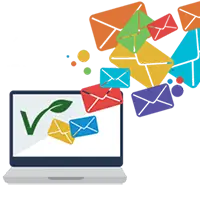
Latest from PubMed, #plant-based diet –
- Bioactive Nutritional Components Within the Planetary Health Diet for Preventing Sarcopenic Obesity and Diabetic Sarcopenia: A Systematic Reviewby Lia Elvina on December 11, 2025
CONCLUSIONS: PHD-aligned foods combining plant proteins, polyphenols, and fermented products strengthen nutrient sensing, mitochondrial efficiency, and cellular resilience, representing a sustainable nutritional framework for preventing and managing SO and DS.
- Ultra-Processed Foods Consumption, Mediterranean Diet Adherence and Sociodemographic Correlates in an Italian Adult Population: The UFO Surveyby Emilia Ruggiero on December 11, 2025
Background: Although national surveys report increasing ultra-processed foods (UPFs) consumption, updated estimates for Italy are lacking. Given the central role of the Mediterranean Diet (MD), understanding how UPFs contribute to the contemporary Italian diet is essential. This study quantified UPF intake in a convenience sample of Italian adults and examined its main sociodemographic correlates, including MD adherence. Methods: A web-based cross-sectional survey was conducted among Italian…
- High-Salt Diets, Intestinal Barrier, and Hypertension: A Mechanistic Review and the Promise of Dietary Therapyby Wenhao Si on December 11, 2025
Hypertension is a major public health problem worldwide, and high-salt diets are one of the main causes of hypertension. The intestinal mucosal immune system is the largest immune organ in vertebrates. Hypertension was associated with increased intestinal permeability and an inflammatory state. The bacterial communities attached to the intestinal mucosa played a significant role in the development and maturation of the autoimmune system, as well as inflammation and immunity to disease. In […]
- Health-Promoting Potential of the Mediterranean Diet and Challenges for Its Application in Aging Populationsby Marta Cianciabella on December 11, 2025
The Mediterranean Diet (MD) is a lifestyle that involves not only dietary habits, well known for their effectiveness in preventing health risks by supplying well-balanced foods rich in bioactive compounds, but also daily habits that improve the quality of life. Older adults represent a segment of the population that can particularly benefit from this dietary pattern. However, the specific characteristics and needs of older individuals require a critical analysis of aspects that may limit…
- Association of Mediterranean Diet Scores with Psychological Distress in Pregnancy: The Japan Environment and Children’s Studyby Yuri Takahashi on December 11, 2025
Background/Objectives: Perinatal mental disorders are important health issues that affect both mothers and their children. The Mediterranean diet (MD) is one of the most well-recognized healthy dietary patterns worldwide. Recent evidence suggests that MD may prevent or reduce the risk of perinatal mental disorders. This study investigated the association between MD adherence during pregnancy and psychological distress in a large cohort of Japanese births. Methods: Data were obtained from […]
- Protective Role of Ginsenoside F1-Enriched Extract (SGB121) in Metabolic Dysfunction-Associated Fatty Liver Disease (MAFLD)by Bo Yoon Chang on December 11, 2025
Introduction/Objectives: Ginsenoside F1, a pharmacologically active saponin derived from Panax ginseng, exhibits diverse bioactivities, but its use is limited because it is difficult to purify and has high production costs. To overcome these challenges, a ginsenoside F1-enriched extract named SGB121 was developed. This study aimed to evaluate the therapeutic efficacy of SGB121 in a high-fat, high-carbohydrate (HFHC) diet-induced metabolic dysfunction-associated fatty liver disease (MAFLD) […]
